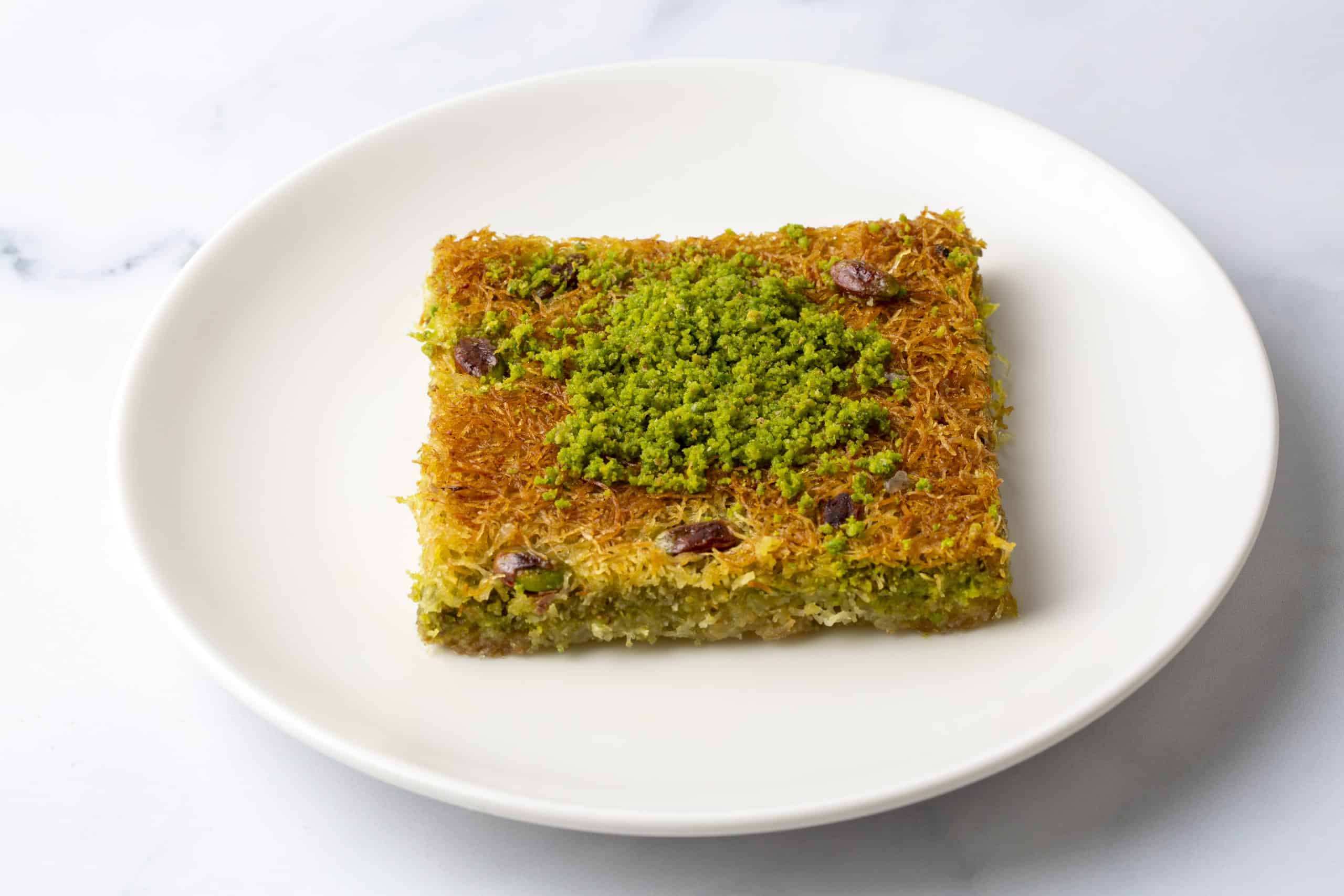What’s the Best Way to Prepare a Flavorful Indian Saag Paneer with Fresh Spinach?

Delving into the realm of Indian cuisine can be an exciting gastronomic adventure, especially when you get to recreate some of the traditional dishes in your kitchen. Among these, Saag Paneer, a classic, hearty delicacy made with fresh spinach and paneer cheese, holds a special place. Its delightful blend of flavors, textures, and vibrant colors is a testament to the rich culinary heritage of Indian cuisine. If you’ve been wondering about the best way to prepare this Indian favorite, we’re here to guide you through the step-by-step process, revealing insights into the ingredients, techniques, and tips to achieve the perfect Saag Paneer.
Gathering Your Ingredients
The first step in your cooking journey is gathering your ingredients. Saag Paneer is a dish that relies heavily on the quality of its components. For a start, you’ll need fresh spinach. It’s the backbone of the dish, providing both vibrant color and a unique, slightly earthy taste.
A voir aussi : Can You Bake a Moist Pumpkin Bread with a Creamy Mascarpone Swirl?
In terms of spices, ground coriander, cumin, turmeric, and garam masala are essential. Each spice contributes to a nuanced flavor profile, balancing heat, sweetness, and earthiness.
As for the Paneer, this traditional Indian cheese is known for its mild flavor and ability to hold its shape while cooking. If you can’t find Paneer at your local grocery store, try a middle eastern market or an Indian grocery store.
Avez-vous vu cela : How to Create a Gourmet Middle Eastern Mezze Platter with Homemade Hummus and Falafel?
Finally, you’ll need onions, garlic, and ginger for the base, along with tomatoes to add a touch of acidity to balance out the flavors.
Preparing the Spinach
Prepping the spinach properly is crucial to achieving the right texture and flavor. Start by thoroughly washing the spinach to remove any grit or dirt. Then blanch the spinach leaves in boiling water for about two minutes, until they wilt and turn a vibrant green.
Quickly transfer the blanched spinach to a bowl of ice water to stop the cooking process and preserve the green color. Once the spinach is cool, squeeze out the excess water and puree it in a blender.
Frying the Paneer
Paneer is unique because, unlike other types of cheese, it doesn’t melt when it’s heated. Before adding it to your spinach, you’ll want to fry it until it’s golden brown. This additional step brings out a nutty flavor and a slightly crispy texture that contrasts beautifully with the creamy spinach.
To fry the paneer, heat some oil in a pan and fry the cubes until they are golden brown on all sides. Drain them on a paper towel to get rid of any excess oil.
Building the Flavors
Now that your spinach is prepped and your paneer is fried, it’s time to build the flavors. Start by sautéing finely chopped onions until they are translucent and starting to caramelize. Add in minced garlic and grated ginger, cooking until they’re fragrant.
Next, add in your spices. Toast them lightly to release their flavors before adding in finely chopped tomatoes. Cook the mixture until the tomatoes are broken down and the oil starts to separate from the mixture.
Combining Everything Together
After you’ve built your base, it’s time to add in your spinach puree and your fried paneer. Cook everything together for a few minutes to allow the flavors to meld.
Adjust the seasoning as needed, and remember to balance the flavors. If the dish is too spicy, add a bit of yogurt or cream to mellow it out. If it’s too tart from the tomatoes, a pinch of sugar can help balance it out.
In summary, preparing a flavorful Saag Paneer involves careful selection of quality ingredients, proper preparation of spinach, and skillful layering of flavors. While the process might seem involved, the result is a delicious, comforting dish that celebrates the richness of Indian cuisine. Enjoy this culinary journey to India right from your kitchen. Happy cooking!
Serving Suggestions and Accompaniments
As important as the preparation of Saag Paneer itself is the selection of accompaniments that enhance its flavors and contribute to a complete meal. One cannot mention Indian cuisine without picturing the various types of bread that complement the dishes. Naan, a soft and fluffy Indian bread, is a perfect choice to pair with Saag Paneer. Its slight char and buttery top add a lovely contrast to the creamy spinach and paneer.
If you prefer something less doughy, consider serving with roti, a whole wheat Indian bread. It has a more rustic texture and taste which can stand up to the rich flavors of the Saag Paneer.
For a low-carb alternative, you can pair the Saag Paneer with cauliflower rice. This simple yet flavorful side dish can be quickly prepared by grating cauliflower and sautéing it with a touch of olive oil, salt, and pepper.
Don’t forget to garnish your Saag Paneer before serving. A sprinkling of garam masala, a dollop of yogurt, and some freshly chopped coriander leaves or mint can elevate the dish further, adding layers of flavor and enhancing its visual appeal.
Conclusion
In conclusion, the secret to a flavorful Saag Paneer lies in the careful selection of ingredients, precise preparation techniques, and a deep understanding of the balance and harmony of flavors intrinsic to Indian cuisine. The fresh spinach and paneer cheese form the base, while the array of aromatic spices, onions, garlic, and tomatoes build upon this foundation creating an intricately flavored dish.
The process of preparing Saag Paneer may seem elaborate, but each step is crucial in achieving a dish that is reflective of the rich culinary heritage of India. Furthermore, the versatility of this dish allows you to pair it with a variety of side options, whether you choose traditional Indian bread or a healthier option like cauliflower rice.
Thus, mastering the art of Saag Paneer not only adds a delicious recipe to your cooking repertoire but also serves as an introduction to the exciting world of Indian cuisine. With this guide, we hope you feel well-equipped and inspired to embark on your own culinary journey. Happy cooking, and don’t forget the most important ingredient of all – the joy of creating and sharing a meal.
